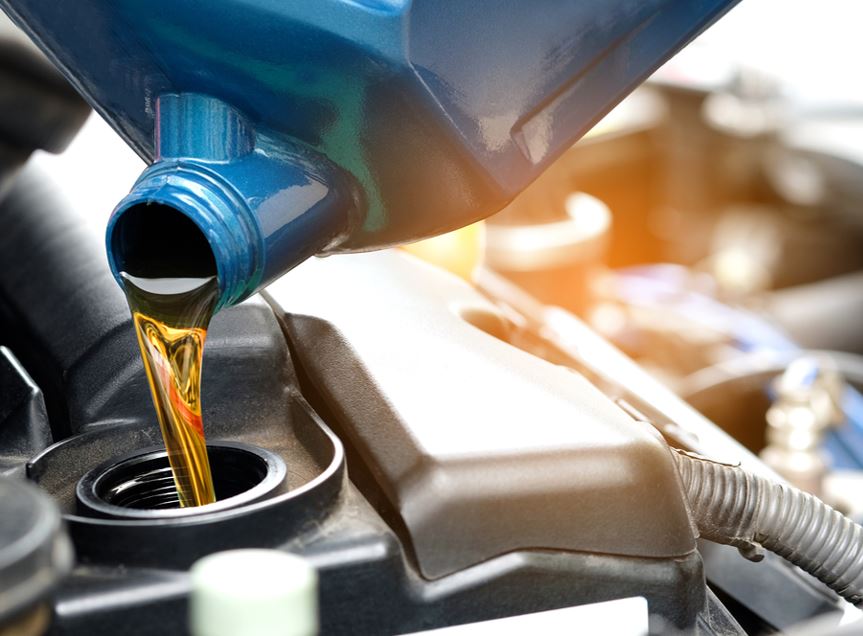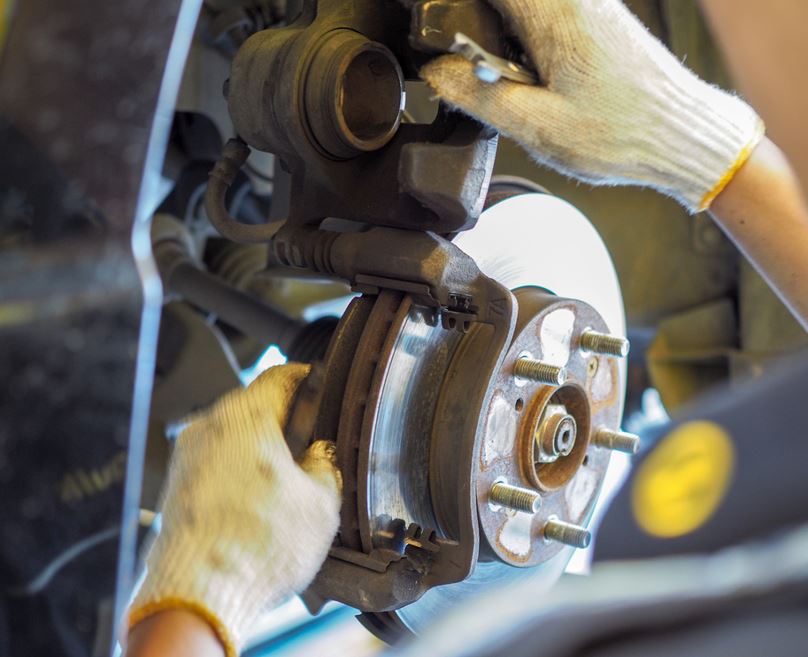Owning a Jeep or truck with suspension parts comes with a fair amount of responsibility. Far too many drivers overlook routine maintenance, which will wear down your vehicle over time. But you don’t have to take your vehicle into the shop every time you need to make a few repairs. A mechanic will overcharge you for some of these routine tasks when you’re better off doing them yourself at home. Save some money and keep your vehicle in tip-top shape with these DIY maintenance tips.
Replace the Cabin Air Filter
One of the best things you can do to improve your lifted truck ride is swapping out the cabin air filter. It won’t help your vehicle run better, but you’ll breathe easier behind the wheel. If the air inside your vehicle doesn’t feel as fresh as you remember, just buy a new set of cabin air filters at your local auto store. Check your owner’s manual, but the cabin air filter should be in the glove box. Open it and look for a compartment in the back. Slide out the old filter and put in a new one for some much-needed fresh air.
Replace the Engine Air Filter
Your engine needs access to fresh air as well, or your vehicle’s fuel efficiency will suffer as a result. To replace the engine air filter, check your owner’s manual for further instructions.
● Open the hood and look for a square black box with metal clips on the side. Engine air filters come in all shapes and sizes, and the airbox might be hard to find.
● You can also use a vacuum to remove any dust or debris from your airbox to help your new filter last longer.
● Remove the old filter and slide the new one into the same position. Your engine will run smoother and longer.
Change the Oil and Oil Filter
Changing the oil is routine for any car owner. You can use the old-fashioned dipstick method to check your oil levels or look at your vehicle’s electronic oil gauge. You should change the oil every 2,000 to 3,000 miles, especially if you’re a heavy driver or you like to take your vehicle off road, but you might be able to hold off changing your oil until 5,000 or 10,000 miles if you have a newer vehicle. Check your owner’s manual for more information. You’ll also need to change the oil filter from time to time as well, which protects your engine from trace contaminants in the oil.
Replace the Spark Plugs
Dirty or worn out spark plugs will sap your vehicle’s fuel efficiency and make it harder for your engine to do its job. Depending on the make and model, you should only have to do this every 3,000 miles or so. Check your owner’s manual for detailed instructions.
● Open the hood, and you should see your spark plugs connected to a series of electrical wires. There could be anywhere from four to eight plugs.
● Disconnect the wire to one plug at a time, so you don’t mix up which wire goes where.
● Use a socket wrench with a spark plug attachment to remove the old plug.
● Install a new one and reconnect the wires.
Clean Off the Battery
Having a dirty battery will decrease fuel efficiency and may even prevent your engine from starting. You should be able to open the hood and visually inspect your battery. If you see any rust, white residue, or other buildup, spend a few moments cleaning it off.
● Start by removing the battery terminals, starting with the negative cable.
● Use a wire brush with battery cleaning solution—usually just baking soda and water—to clean off the posts.
● Dry the posts with a rag before reconnecting the cables.
Flush Out the Radiator
You also need to keep your vehicle’s radiator and cooling system in tip-top shape if you want them to work efficiently. Over time, the system will fill up with all kinds of debris and dirt. To clean out the system, you’ll have to do what’s known as a radiator flush.
● Check your owner’s manual, but it’s best to do this every year or two. Don’t perform this task when the vehicle is hot. Let it cool down before unscrewing your vehicle’s radiator drain plug.
● Get an old container ready, unscrew the cap, and use the container to collect the old coolant instead of having it spill out all over your driveway or garage.
● Replace drain plug and remove the radiator cap. Pour radiator cleaning solution into the radiator, along with some water, and replace the cap.
● Start your vehicle and jack up the heat to the highest setting. Let this run for about 10 minutes. Turn off the engine and let it cool down.
● Drain the radiator again by undoing the cap, and then refill it with fresh coolant.
Switch Out the Brake Pads
Replacing the brake pads tends to be a little more complicated, but, with a little preparation, you should be able to do this yourself. You should swap these out every 20,000 miles or more often if you’re an experienced rock crawler or you sit in stop-and-go traffic all day long. Again, reference your owner’s manual before you get started.
● Jack up the car on a series of jack stands.
● Break the lugs on your tires and remove the wheel.
● Remove the brake caliper, which should be just above the lugs, remove the brake caliper clips, and slide the brake pads out through the top.
● Replace the old pads with new ones and reattach the brake caliper clips.
● Compress the brake piston and place brake caliper over the new pads.
● Reinstall the brake calipers and slide your wheels back on.
You Can Do It
These DIY tasks are a must for any car owner. If you don’t feel comfortable doing some of these tasks by yourself, call a friend or visit your local mechanic. You can extend the life of your truck or Jeep with suspension parts and improve the overall lifted truck ride. Become your own mechanic and get started today.
Images:
https://ift.tt/2P7qtfz
https://ift.tt/2HzmUul
https://ift.tt/2vNSWzX
The post DIY: At Home Must-Do Maintenance for Your Vehicle appeared first on Automotorblog: Daily news on cars and motorcycles.
from Automotorblog: Daily news on cars and motorcycles https://ift.tt/2SURpjN


No comments:
Post a Comment